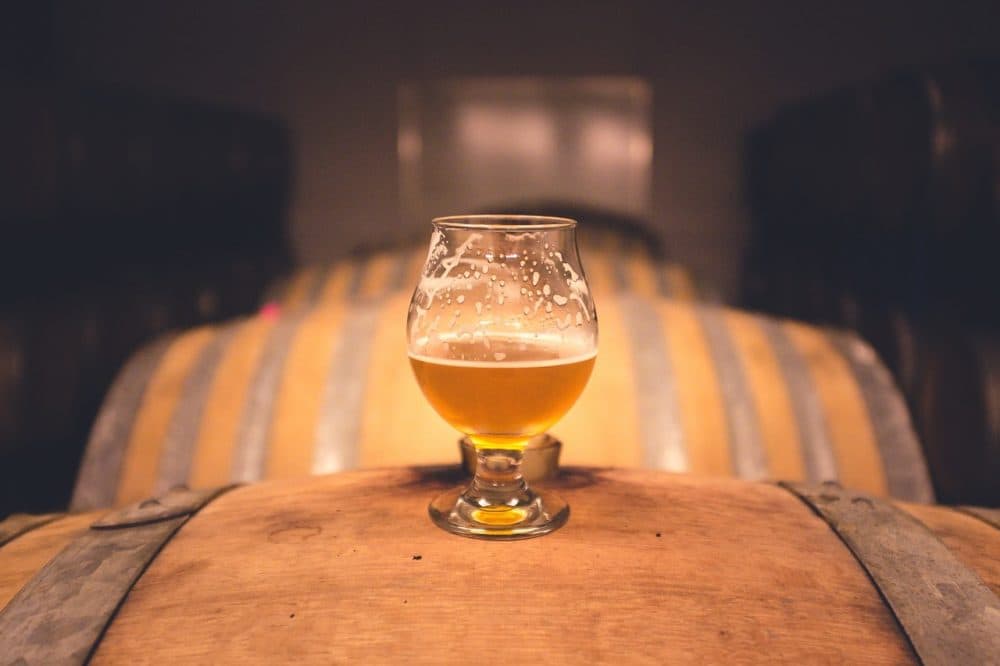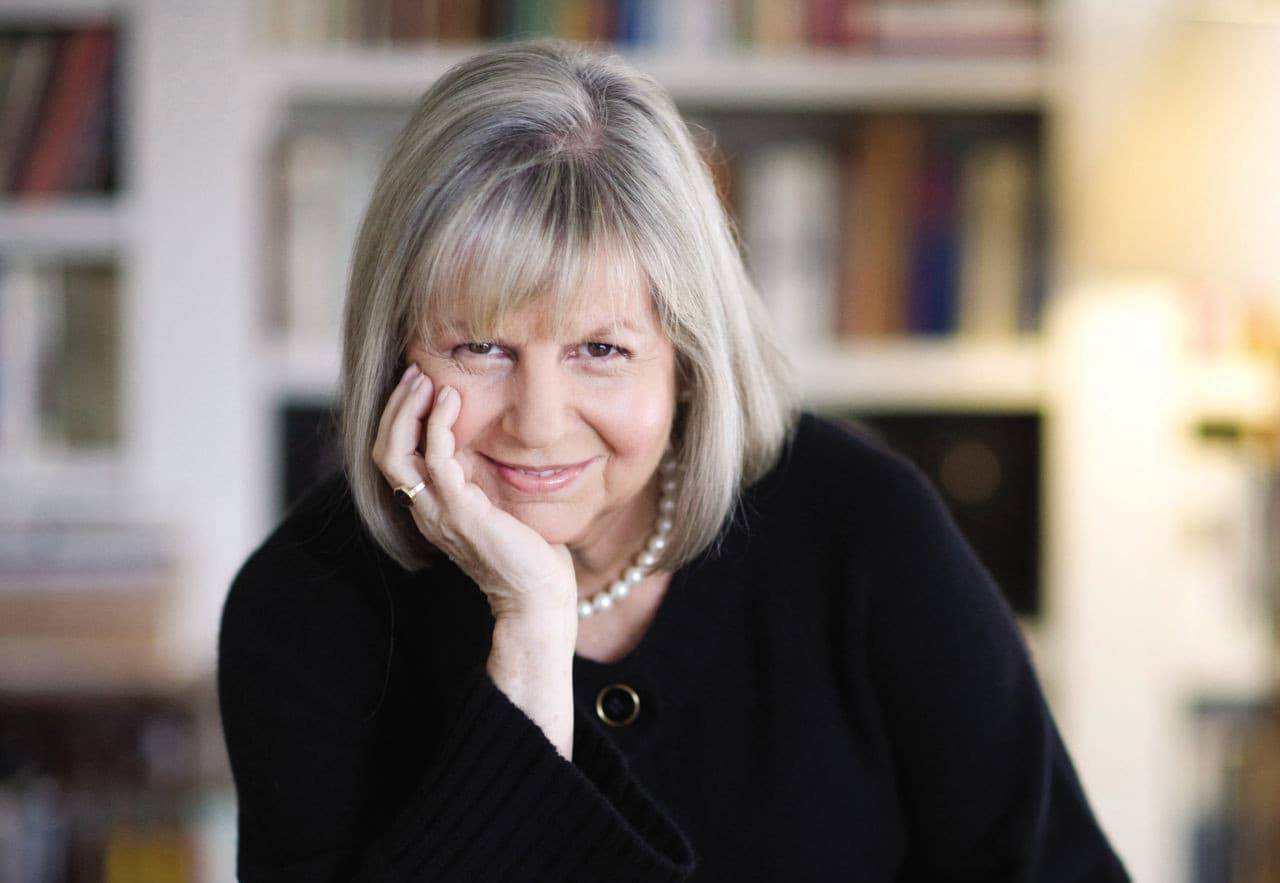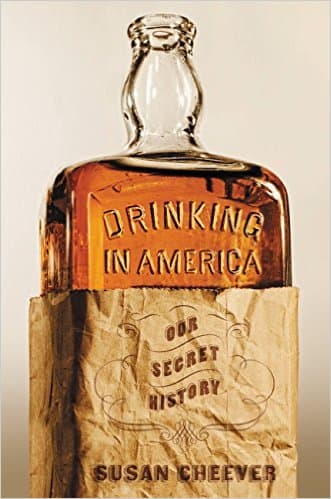Advertisement
How Alcohol Has Shaped American History


Did you know the Pilgrims landed at Plymouth Rock because they were about to run out of beer? Or that taverns were where the American Revolution really took fire? Or that alcohol helped fuel the exploits of Ethan Allen during the American Revolution and Ulysses S. Grant during the Civil War?
Susan Cheever writes about America's long relationship with alcohol in the new book "Drinking In America: Our Secret History." She discusses her research and her book with Here & Now's Robin Young.
Book Excerpt: 'Drinking In America: Our Secret History'
By Susan Cheever
CHAPTER 8
The End of the Nineteenth Century and the
New Temperance Crusader
We all grew up saturated with the myths and stories of the old West, the Wild West, the television and movie West, and the West in our history books. One of the great stories featuring larger-than-life heroes is the story of Gen. George Armstrong Custer of Ohio, Michigan, and West Point, and his great adversary, the Lakota chief Sitting Bull.

Custer, along with Alexander Hamilton and Abraham Lincoln, is one of the few American heroes who did not drink. Like the others, he saw his father’s drinking firsthand, was hurt by it, and detested it. As a young man he fell in love with a woman named Libbie—Elizabeth Bacon—who was his superior in social status and wealth. Libbie’s father opposed Custer as a suitor, and by the time the two were married Custer had taken yet another vow to abstain from drinking, a vow that, according to most sources, he kept.
But like Hamilton, a nondrinking man with drinking genes, Custer seems to have had a preening arrogance, an inability to follow orders, and a sense of his own messianic rightness that is characteristic of dry drunks. Fearless in battle and the finest cavalryman of his generation, Custer came from a poor Ohio family. Born in 1839, he spent much of his childhood in Michigan with an aunt. Humans love stories about last stands—Horatius at the Bridge, Davy Crockett at the Alamo—and although Custer is primarily remembered for his final, bloody failure, Custer’s Last Stand, he had an astonishing and impressive military and civilian career before he ever rode west.
Advertisement
Custer, whose first jobs were carrying coal and working as an Ohio schoolteacher, by a combination of brashness and good luck, eventually secured a place as a student at West Point. There he cut classes and made trouble, but managed to rebound from the threat of expulsion a dozen times and graduate last in the class of 1861, just as the Civil War was becoming a certainty.
At Bull Run he was on the field as a messenger and quickly was promoted to brigadier general of the volunteers—a general at the age of twenty-three. He was already famous for his fearlessness, his arrogance, his wild howling and whooping as he rode into battle, his long, blond, ringletted hair, his self-proclaimed luck, his glorious war horses, and the fancy uniforms he had specially made for his slender body. But it was at the battle of Gettysburg that Custer made his name.
At Gettysburg, Confederate general Robert E. Lee had commissioned troops under Jeb Stuart to go east behind the Union lines that were entrenched under Gen. George Meade. The Confederates under Stuart would attack from behind. At the same time, Lee ordered Gen.Pickett to attack the Union lines from the front.
The clear-eyed, quick-thinking Union general Custer, whose troops were on the other side of the battlefield, saw exactly what was happening. This pincer motion was one of the maneuvers both he and Lee had studied in the classrooms of West Point. Wearing an outfit of black velvet and gold braid, of his own design, he commandeered a Michigan brigade. He led them whooping and galloping furiously against Stuart’s men, heading off what almost surely would have been a disaster. The next day it was Lee’s men who experienced disaster after Pickett’s famous charge into Meade’s entrenched troops.
When the Civil War ended, the well-respected Custer was sent west to colonize new territory and to neutralize the Native American tribes who were a hazard to exploration, homesteading, mining, and every other frontier endeavor.
As Nathaniel Philbrick points out in his biography of Custer, the battle of Little Bighorn was not just Custer’s last stand—it was also the end of a Western myth and the end of freedom and dignity for the Native American tribes. It was the last stand of the Native American people. Because of the outrage of Custer’s defeat, the administration of President U. S. Grant was able to get Congress to push through anti–Native American measures that it would not have agreed to months earlier. The Army increased its efforts and aggression. “Within a few years of the Little Bighorn, all the major tribal leaders had taken up residence on Indian Reservations,” Philbrick writes.1 Sitting Bull held out for another fourteen years, but he was killed by Indian Agency police in 1890.
Before the Civil War the three reform causes in the United States were abolition, temperance, and women’s rights. As the war approached, abolition emerged as the most important. After the war, with the abolitionist cause supposedly victorious, reformers in the country turned to temperance—which quickly became tangled around the cause of women’s suffrage. Until Prohibition, temperance was thought to be a women’s issue. Women stayed home with the children and depended on wages brought home by their men. If the men drank, women’s lives were difficult. Temperance was a cause worth voting for, except that women couldn’t vote because they were still legally chattel of the men they married or the men who happened to be their fathers. Temperance became a women’s cause in a way that it had not been before the Civil War.
Eliza Thompson, a temperance crusader who became Mother Thompson; Susan B. Anthony, who gave her first speech to the Daughters of Temperance, and became a crusader for women’s rights when the Sons of Temperance refused to let her speak to them; and Amelia Bloomer, who was also barred from a men’s temperance meeting—all ended up devoting their energies to women’s suffrage. If women could not get the vote, they could not change the rules in general and the rules about drinking and barrooms in particular. “One could make the argument that without the ‘liquor evil,’ as it was commonly known to those who most despised it, the suffrage movement would not have drawn the talents and energies of these gifted women,” writes Daniel Okrent.2
In 1874, a woman named Frances Willard from Wisconsin cofounded the Women’s Christian Temperance Union, a 250,000- strong army of women who protested by going down on their knees in saloons and singing Christian hymns. After reading Edward Bellamy’s Looking Backward, Willard called herself a “Christian Socialist,” and she made the alliance between temperance and women’s welfare even stronger.
1. Philbrik, The Last Stand, xvii.
2. Okrent, 15.
Excerpted from the book DRINKING IN AMERICA: OUR SECRET HISTORY. Copyright © 2015 by Susan Cheever. Reprinted by permission of Twelve/Hachette Book Group, New York, NY. All rights reserved.
Correction: In the audio version of this story and in her book, author Susan Cheever incorrectly says that cannons used in the Battle of Bunker Hill were taken from an earlier battle at Fort Ticonderoga. That is incorrect. The cannons were, in fact, used at the Siege of Boston the following spring.
Guest
- Susan Cheever, author. Her latest book is "Drinking in America: Our Secret History." She tweets @susancheever.
This segment aired on October 13, 2015.